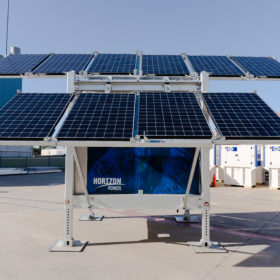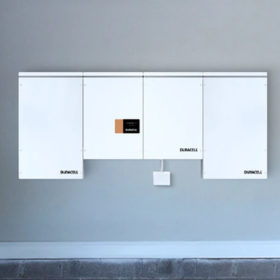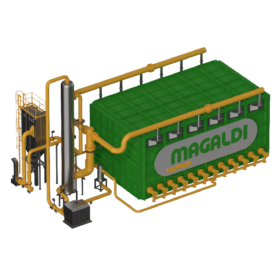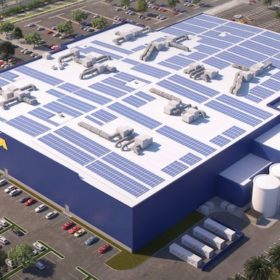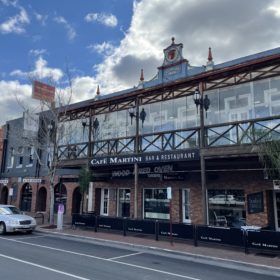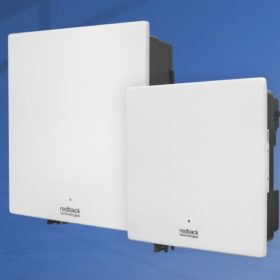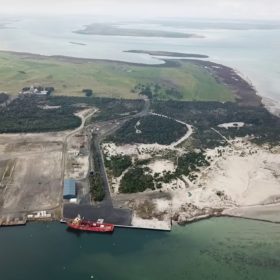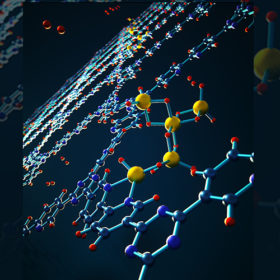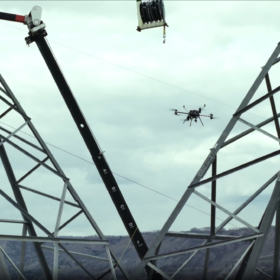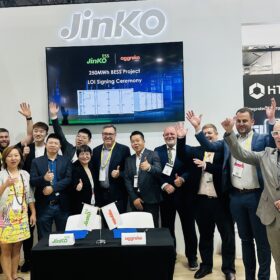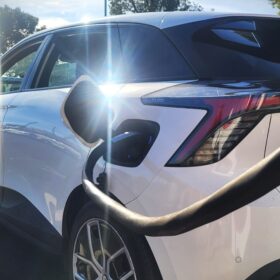Distribution networks set to shrink: standalone solar hybrid systems are safer, more reliable
Western Australia leads the world in successfully implementing renewables-based energy generation for far-flung customers. Unique joint venture and pioneer in the field, Boundary Power, has been widely recognised for its innovations and is ready to repeat its SAPS successes across Australia and the Asia-Pacific.
Duracell launches 14 kWh battery for residential PV
The US battery manufacturer entered the stationary storage business with a new product for residential customers. The lithium iron phosphate (LFP) battery is compatible with new or existing PV systems.
Long-duration thermal storage system based on silica sand
Developed by Italian dry bottom ash handling system provider Magaldi Power, the system produces green thermal energy — steam or hot air — which can be used directly in industrial plants or for the generation of electricity using steam turbines. The system consists of a blower, a fluidisation air blowing system, a fluidisation air suction system, an air filter and fan, an air pre-heater, and an integrated thermal energy storage module. Silica sands are the system’s storage media.
COP26 this! A fast, simple, Australia-tested solution to climate change
EleXsys Energy’s technology enables the controlled flow of excess energy from distributed rooftop-solar generators — think large C&I organisations and microgrid-united regional townships— to help stabilise global grids as they increasingly transition to renewables. The world could feel the positives of mass transition to solar within five years.
Piling on rooftop solar adds value to Wangaratta businesses
Across Australia businesses understand the many pluses of running on renewable energy. The Sustainable Australia Fund helps them achieve multiple business ambitions by offering flexible finance for solar, battery storage and energy efficiency measures.
Saturday read: Promising alternatives to lithium-ion
Lithium-ion batteries are a fantastic crutch for the renewable energy transition. It’s not all roses, though: Short duration limits, and potentially dangerous thermal runaway in rare circumstances, means the hunt continues for alternative electrochemical batteries. However, alternatives will largely complement lithium-ion batteries, rather than supersede them. Blake Matich looks at promising options to keep an eye on.
Redback unveils solar inverters and beefs up battery range
Australian energy storage company Redback Technologies has unveiled an expanded product range, adding a series of grid-tied solar inverters and new beefed-up battery products to its existing line of modular battery energy storage systems for residential and commercial customers.
Patriot Hydrogen joins gasification outfit CAC-H2’s bulging partner list
Patriot Hydrogen has become the latest company to partner with the fast growing Singapore-based hydrogen-via-gasification outfit, CAC-H2.
Storing hydrogen with aluminium hydrides
A U.S. research team has sought to improve the way aluminium hydride is used for hydrogen storage. The material was nanoconfined in a framework that is claimed to be able to overcome the challenge represented by the thermodynamic limitation of hydrides in storing the clean fuel.
Tesla orders 45 GWh of EV batteries from CATL
Reports calculated that the single order would be enough to support production of 800,000 vehicles.
